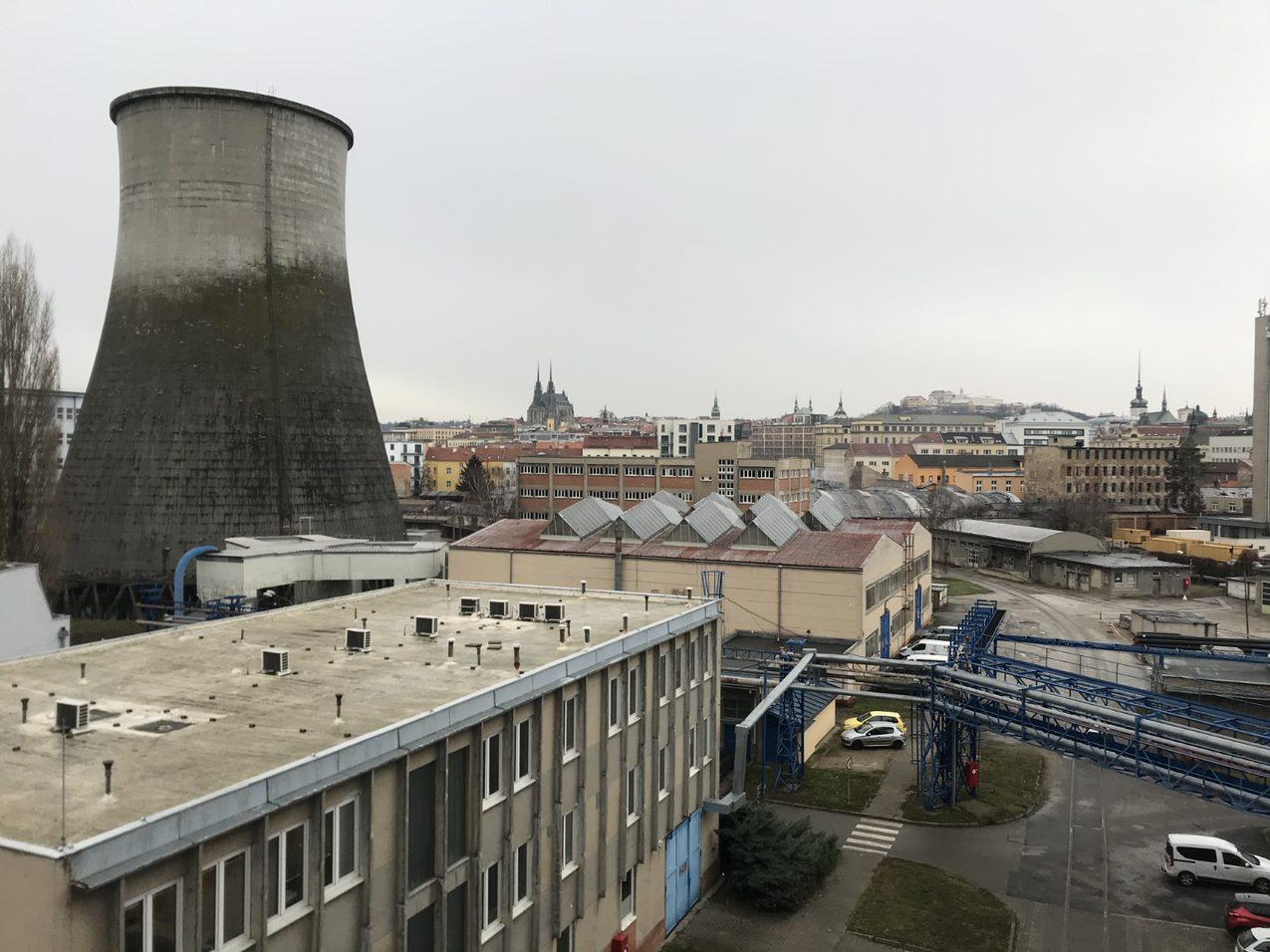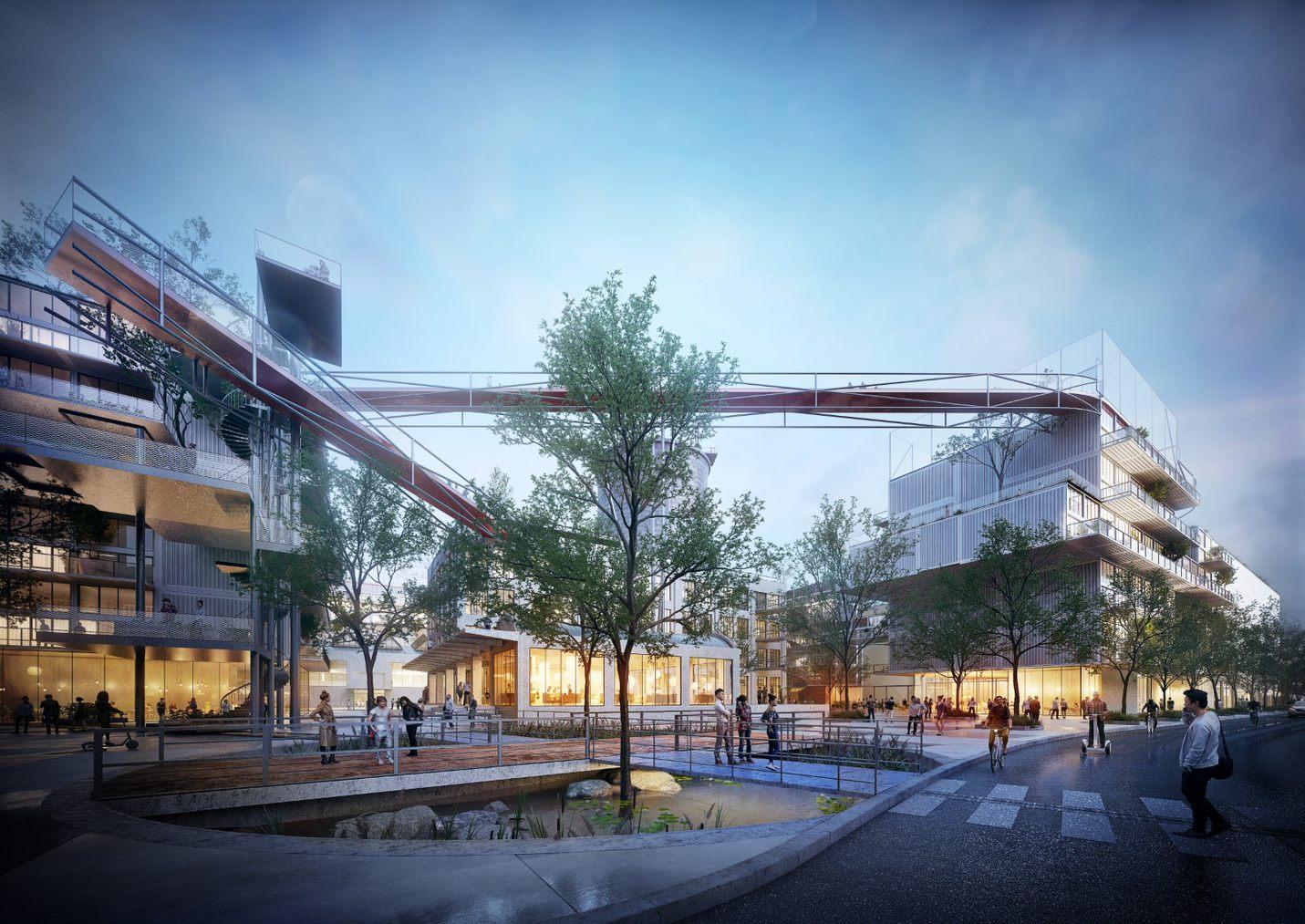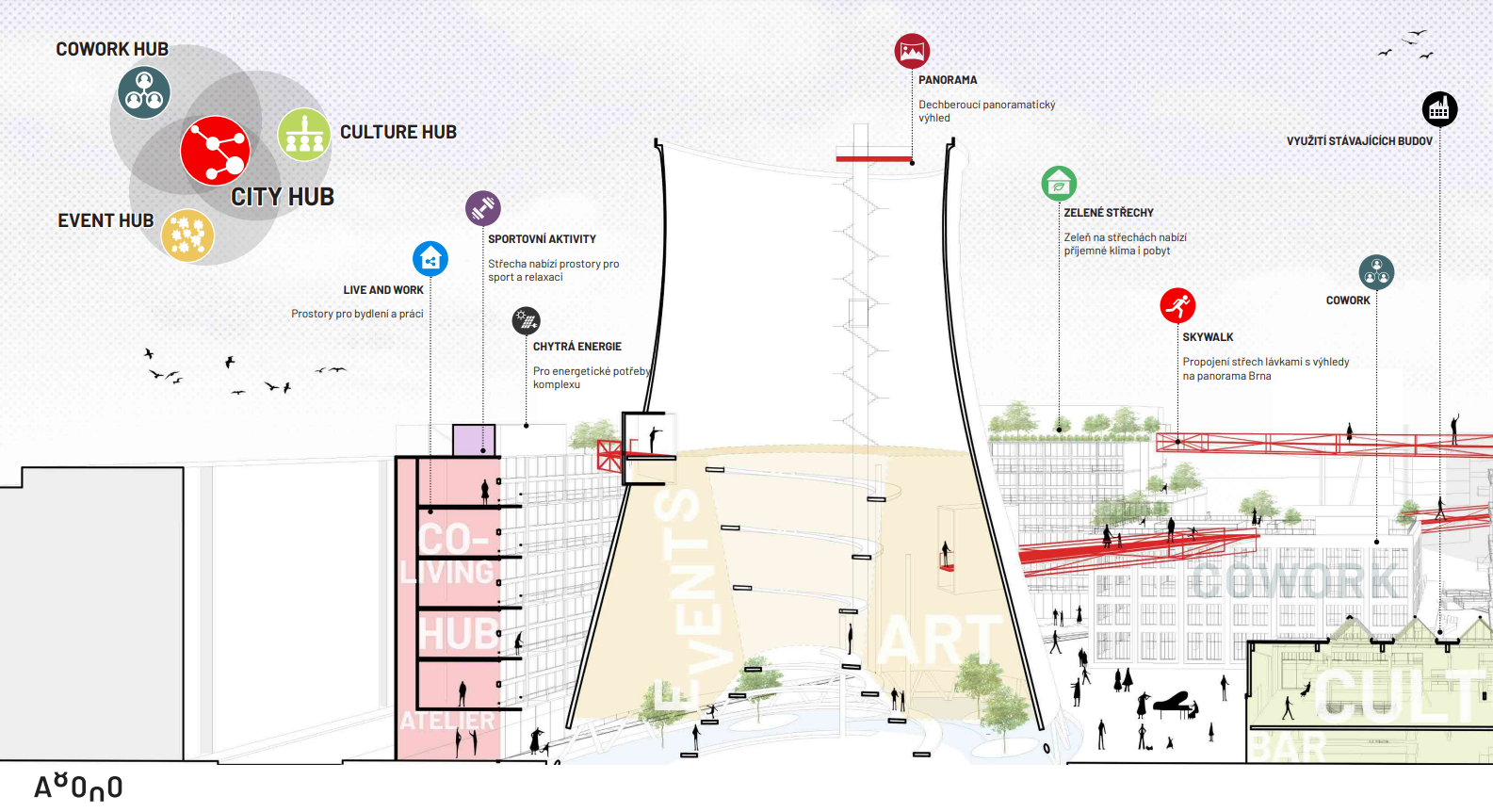Topic
Through the Špitálka smart district will be a running trail in the clouds
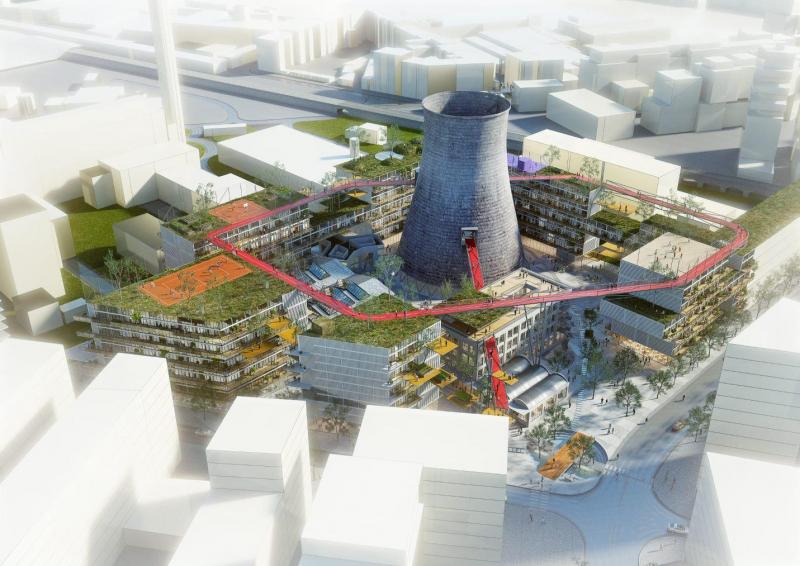
Where the heating pipes stretch today and the cooling tower stands, a modern district should grow within a few years, that will offer cultural and employment facilitiesand, above all, housing for around 600 people. All this just 10 minutes from the city centre.
The eastern part of the Brno heating plant site, which is about two and a half hectares, will serve as the basis for building a smart district. Instead of the ubiquitous solar panels and benches from which you can charge your phone, however, city representatives, together with experts from the BUT (Brno University of Technology), are figuring out how to renovate historic buildings and breathe new life into them, and at a reasonable price. Or how to ensure watering of green roofs in the city that turn into a hot stove in summer.
Experts don't want a place that is too technical and expensive to maintain. “For example, you won't find a smart solar bench in our district, because for the price of a nearly new car, you have a bench that is useless after a while because of vandalism. For us, the smartest function of a bench is when it is comfortable to sit on and clean. There is no need to use technologies thoughtlessly just because they are on the market,” explains the main idea of the approach to smart solutions Lukáš Grůza from the Brno City Hall, who is in charge of the Špitálka project.
The authors of the project have summarized the visualizations, tips on the use of technology, but also inspiration from elsewhere in the so-called Master Plan of the Špitálka smart district. You can look through it HERE.
The possibility of converting an industrial area near Cejl in Brno into a new district using modern technologies and setting an example for other cities began to be considered in 2016. At that time Brno applied for the European project RUGGEDISED and succeeded. And because of its technical and construction focus, the Brno University of Technology is also involved in the project.
SMART, BUT DON'T OVERPAY
“The goal is not to take all the smart solutions that exist, but to pick the ones that work for us. It should have an economic effect and work even on a small scale so that it can be easily taken and used elsewhere,” Jiří Dřínovský from the Faculty of Electrical Engineering and Communication of the BUT points to the visualizations by Atelier A8000 full of greenery and airy buildings.
On the roofs there are netted sports fields, flowerbeds and a walkway winds around the whole scene at the top floor level, where people in running shoes count the kilometres until the end of their training. The 90-year-old heating plant will remain a cooling tower. Artists should find exhibition spaces there, and the current workshops could become a multifunctional space not only for concerts, but also for sports matches or fashion shows. The demolition of the current archives building should also be avoided.
In addition to overpriced benches, the experts do not plan to work with face recognition and they do not like the idea of installing solar panels on every available surface. “We support renewable energy. But if we covered all the roofs in Špitálka with them, installed batteries and managed them intelligently, we would still not be able to cover the consumption of the entire district,” Lukáš Grůza calculates realistically.
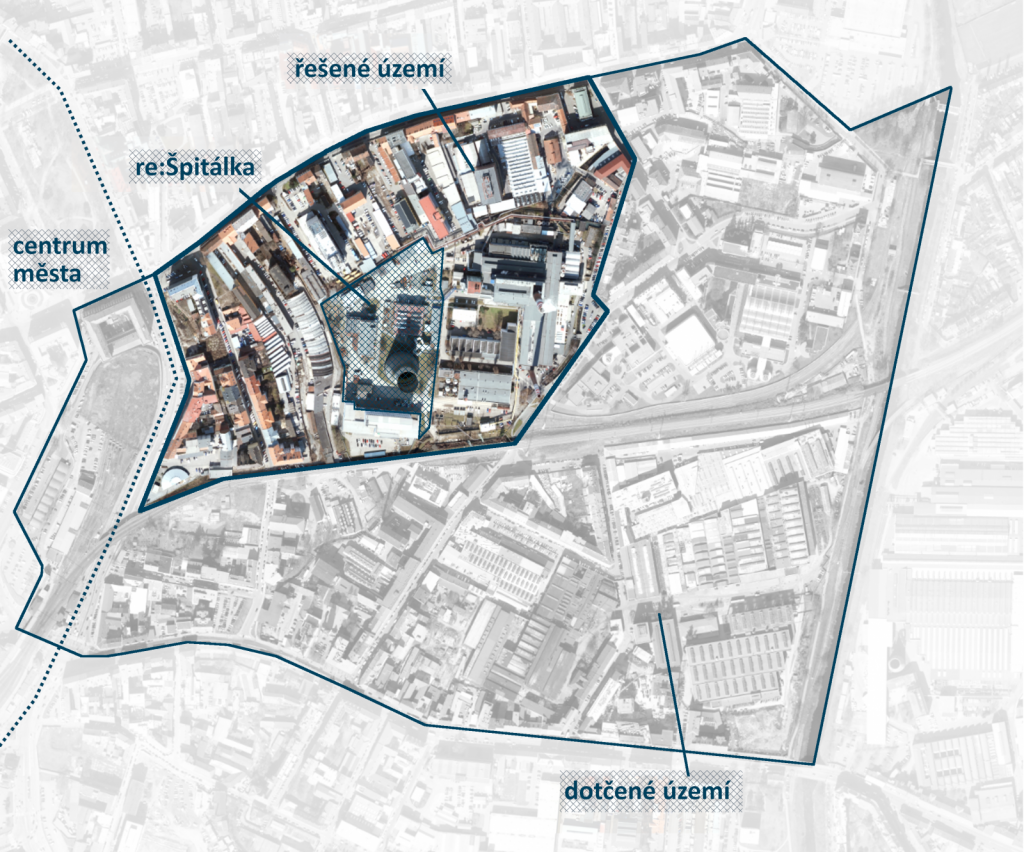
WHAT WILL WE FIND UNDERGROUND?
“There is 45-degree water running through the heating plant area via a return branch of the central heating system, so why not use it wisely?” asks Jiří Dřínovský of the BUT, who admits that he himself is most in favour of solutions that work with things that are already on site. By not building on greenfield sites, for example, it offers the opportunity to recycle building materials from demolition.
At that time, the limits, which experts can only count on in unclear outlines now, may also become apparent, says Yuliya Ostrenko, manager of the Špitálka development site: “We have to deal with parking, for example. We like the industrial character of the place, we want to preserve the genius loci, but we don't know what we will find if we start digging. For example, whether it will be possible to build an underground car park on the intended scale.”
Thanks to Špitálka, Brno could be the first place in the country where the city itself is behind the creation of a smart district. Inspiration is sought from partners such as Glasgow, Rotterdam and Umeå. Ideally, the project should move closer to reality in 2023. The obstacle, however, is still the local plan, which does not include housing in the area in its current form.
(tk)
BUT sensors protect bee colonies from starvation and theft
Since he was a child, he dreamed of space. Now he wants to put the first student satellite into orbit
He was supposed to be an architect. But he studied electrical engineering and is now a recognized expert on optical systems in Canada
Optical fibres will help peek into the deepest parts of the brain. A doctoral student from FME is involved in the research
Scientists from FEEC BUT have developed a bracelet that warns of the risk of Parkinson ’s disease
